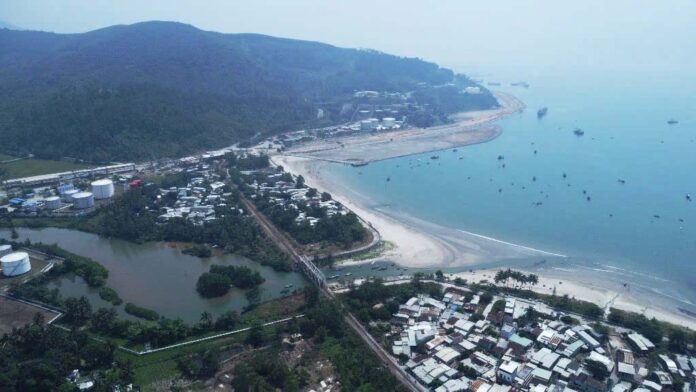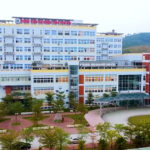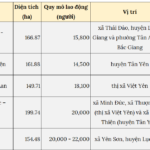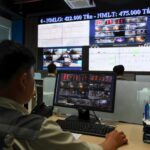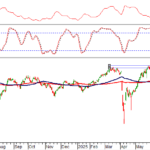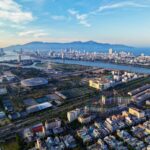On June 16th, the People’s Committee of Da Nang City announced that Deputy Prime Minister Nguyen Hoa Binh has signed a decision to establish the Da Nang Free Trade Area, spanning approximately 1,881 hectares.
The Da Nang Free Trade Area is strategically located across multiple non-adjacent sites in the city, encompassing various functional zones: production, logistics, commerce, services, digital industry, information technology, and innovation, alongside other specialized areas as per regulations.
Specifically, Site 1 (100 hectares) and Site 2 (77 hectares) are situated in Hoa Hiep Bac Ward, Lien Chieu District. Site 3 (500 hectares) stretches from Hoa Hiep Bac Ward in Lien Chieu District to Hoa Lien Commune in Hoa Vang District. Site 4 (559 hectares) and Site 5 (90 hectares) are allocated in Hoa Ninh Commune, Hoa Vang District. Site 6 (154 hectares) belongs to Hoa Nhon and Hoa Ninh communes, while Site 7 (401 hectares) is located in Hoa Nhon and Hoa Phu communes, Hoa Vang District.
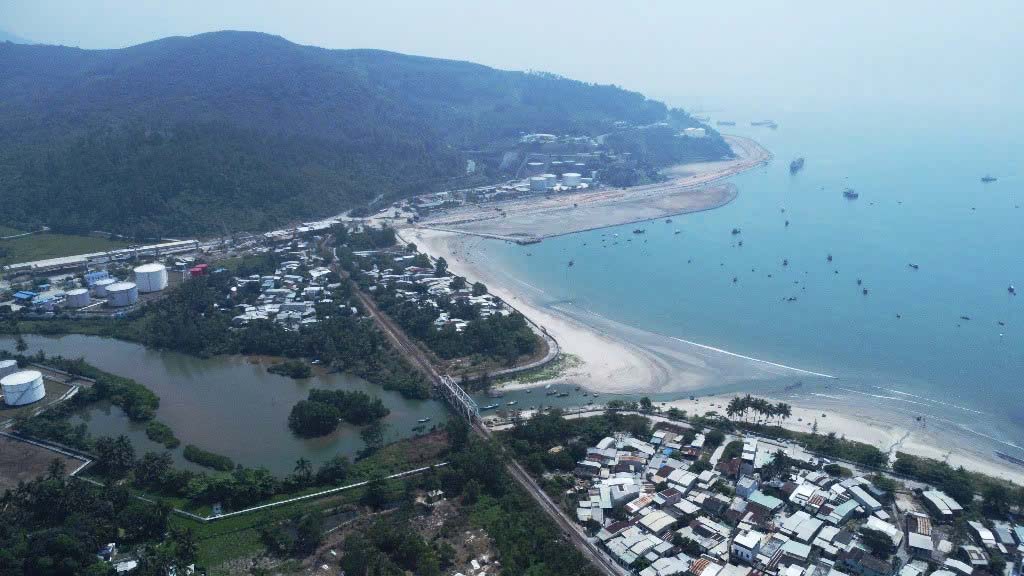
The Da Nang Free Trade Area is strategically connected to Lien Chieu Port.
This free trade area is designed to boast state-of-the-art infrastructure, integrating advanced production, commercial, logistics, technological, and service sectors. It is envisioned to become a pivotal economic hub for Central Vietnam and the entire country in the new context of development, serving as a “growth pole” for the region.
The long-term goal is to transform this area into a crucial link in the global and Asia-Pacific supply chains, connecting seamlessly with Lien Chieu Port, Da Nang International Airport, and the East-West Economic Corridor. Additionally, it will foster the development of high-tech industries, innovation, and digital transformation, contributing to a sustainable and integrated economic restructuring in Da Nang post-merger with Quang Nam Province.
The free trade area will also interconnect with the Da Nang International Financial Center, contributing to the formation of a modern, intelligent, and highly competitive economic ecosystem, enhancing Vietnam’s investment appeal and international stature.
In terms of development orientation, the production-logistics zone will be established as a modern logistics hub, integrating technical infrastructure and digital transformation to increase productivity and supply chain connectivity. Meanwhile, the commerce-services zone will strive for international standards, catering to trade, duty-free shopping, tourism, resorts, e-commerce, education, healthcare, and entertainment activities.
The digital industry and innovation zone will be a hub for high-tech enterprises, R&D centers, startups, and digital transformation initiatives, supporting the development of key sectors such as artificial intelligence, semiconductors, big data, IoT, blockchain, renewable energy, fintech, and business support services.
The implementation of the Da Nang Free Trade Area will follow a roadmap aligned with the national socio-economic development strategy, the city’s master plan, and approved objectives, ensuring synchronicity, feasibility, and effectiveness.
The Industrial Hub of Bac Giang Welcomes a Host of New Industrial Parks
In the first five months of 2025, Bac Giang province took a significant step towards accelerating its industrial infrastructure development strategy for 2030 and its vision for 2050. The province approved construction plans for five new industrial parks, spanning nearly 833 hectares, at a ratio of 1/2000. This decisive move underscores Bac Giang’s commitment to fostering a robust industrial landscape, setting the stage for a thriving future.
“Ho Chi Minh City Attracts Over $2.86 Billion USD in Industrial and Export Processing Zone Investments”
Investing in Ho Chi Minh City’s industrial and export processing zones has reached an impressive figure of over $2.86 billion. This includes a substantial foreign investment component of more than $935.3 million, with domestic investment contributing a significant $45,437 billion, equivalent to over $1.9 billion.
The New Age of Journalism: “Streamlined Power” for the Digital Evolution
The Vietnamese media landscape is facing an imperative to transform and adapt to the digital age. This entails a comprehensive restructuring, merging of operations, and innovation in their models. Streamlining does not equate to a reduction in influence; instead, it presents an opportunity for the press to reinforce its guiding role and simultaneously foster a robust and sustainable media economy.
‘The Steel King’ Hoa Phat’s Digital Transformation: From ‘Data Deserts’ to a ‘Real-Time Digital Landscape’
A steel company’s key competitive advantage when it comes to exports is the traceability of its products. For every batch of steel exported to the US, Hoa Phat can now trace back the exact ore batch, the shift that produced it, and the quality of each process.


























